Youth Outreach Programs
No bus, no problem! Bring a program directly to your school or community site with Butterfly Pavilion's Outreach Programs.
Butterfly Pavilion is excited to bring our youth outreach programs to your school or community site! Our programs are designed to be engaging and informative, and they cover a variety of science and conservation topics.
Each program features an interactive lesson and small group investigations facilitated by a Butterfly Pavilion educator. Students will have the opportunity to learn about invertebrates through hands-on explorations with live animals and/or specimens, models and media. Our programs are also curriculum-aligned, so they can be used to supplement your existing science lessons.
Program Details:
-
Length: 45 minutes
-
Fee: $150/session + travel
-
Group Size/Session: 30 participants/session; additional programs required for larger groups
-
All outreach programs incur a travel fee of $0.70/mile round trip between your site and Butterfly Pavilion. Partial program scholarships may be available for qualifying groups.
-
For the safety and wellbeing of both our animals and educators, programs cannot be held outdoors. If you are interested in Butterfly Pavilion having a booth at your event, please reach out to education@butterflies.org.
Don’t see the program that you want and are interested in a custom program? More information can be found here.
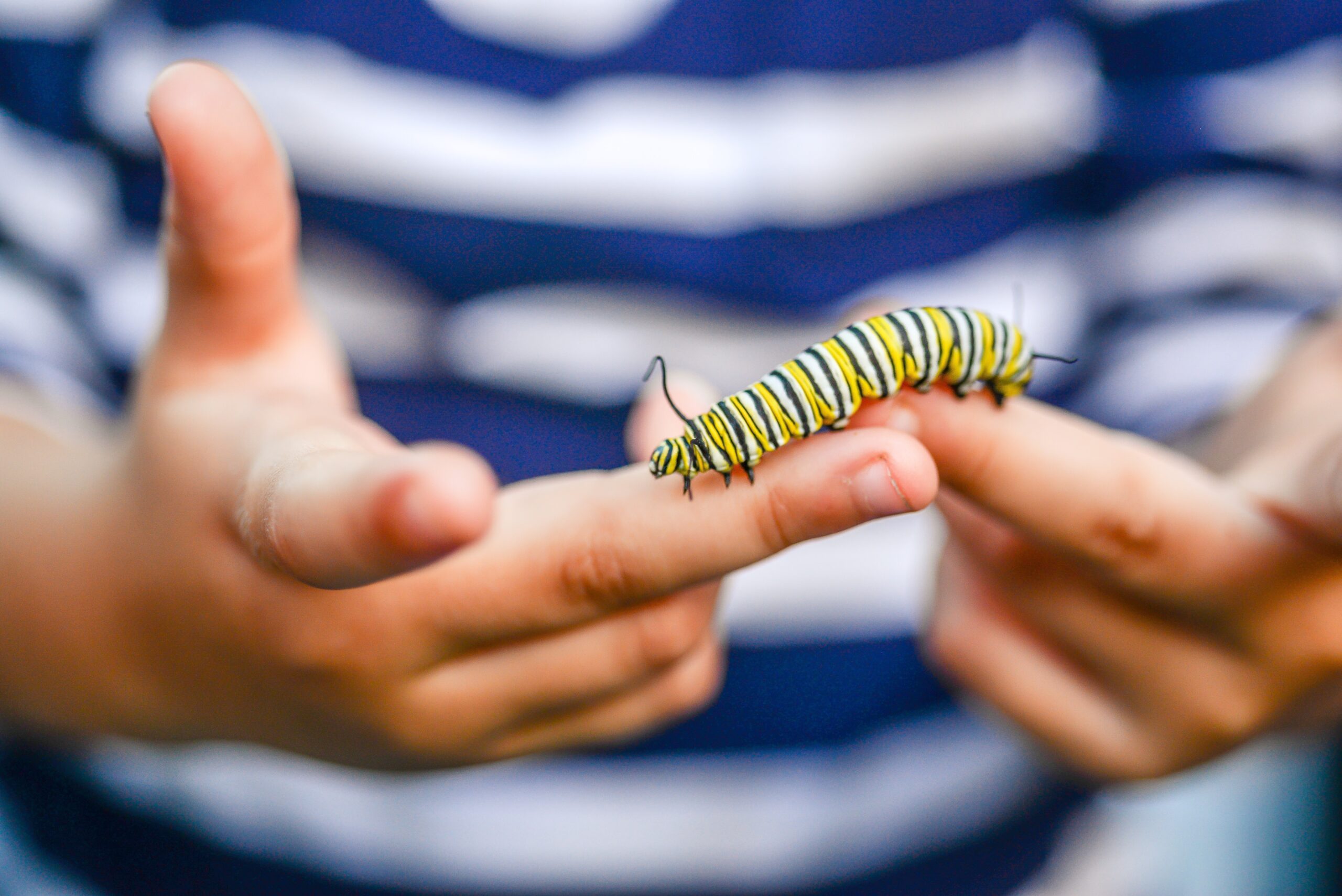
Pre-K Outreach Programs
Preschool outreach programs are designed to cultivate a passion for the natural world in young learners. These programs involve hands-on experiences with live animals or specimens, offering tailored classes for Pre-K students. Our educators facilitate interactive activities, presenting age-appropriate environmental topics to spark curiosity and engagement in the wonders of nature. It's a delightful way to introduce the youngest minds to the joys of exploration and learning.
Learn More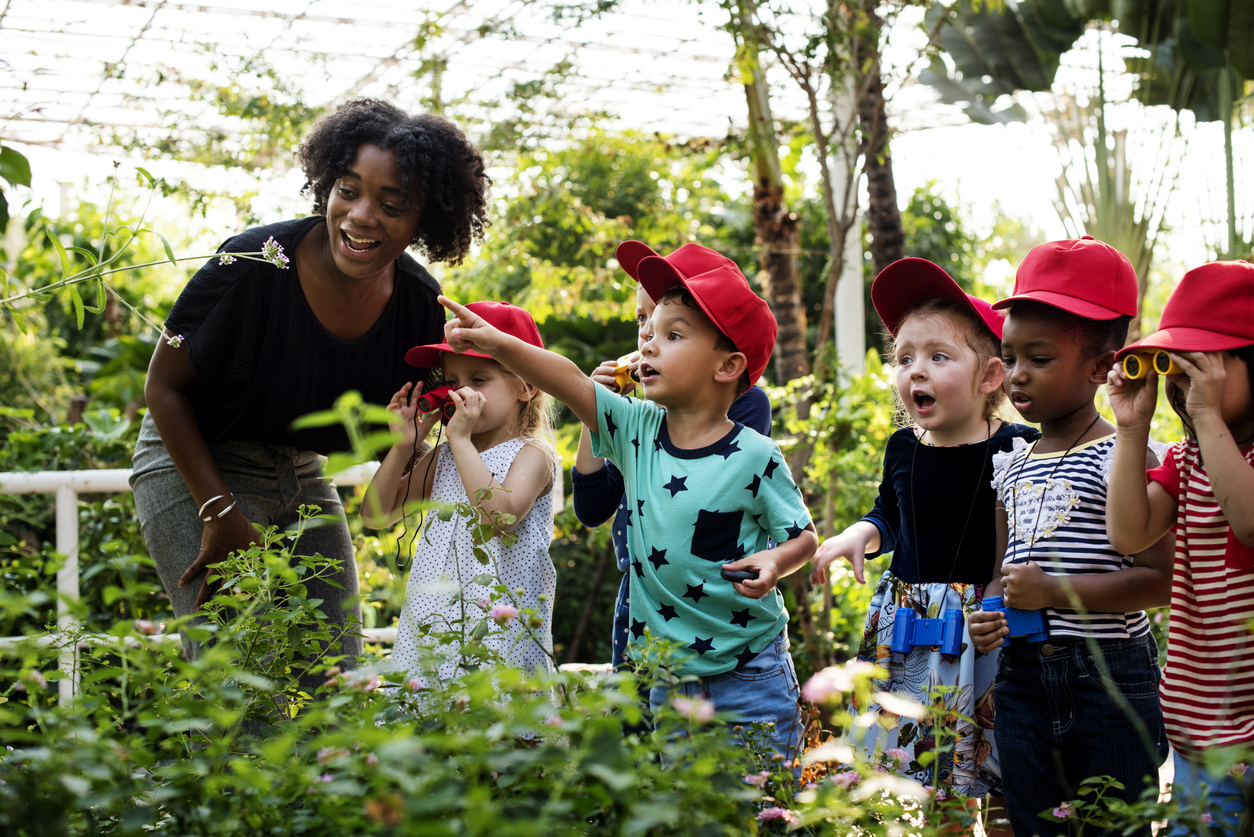
K-3rd Grade Outreach Programs
Excite and engage your elementary learners with our outreach programs! Led by Butterfly Pavilion educators, these sessions feature live animal encounters or specimen exploration, and delve into curriculum-aligned content such as life cycles and habitats. It's a dynamic way to blend education with hands-on experiences, sparking curiosity and connecting young minds to the wonders of the natural world.
Learn More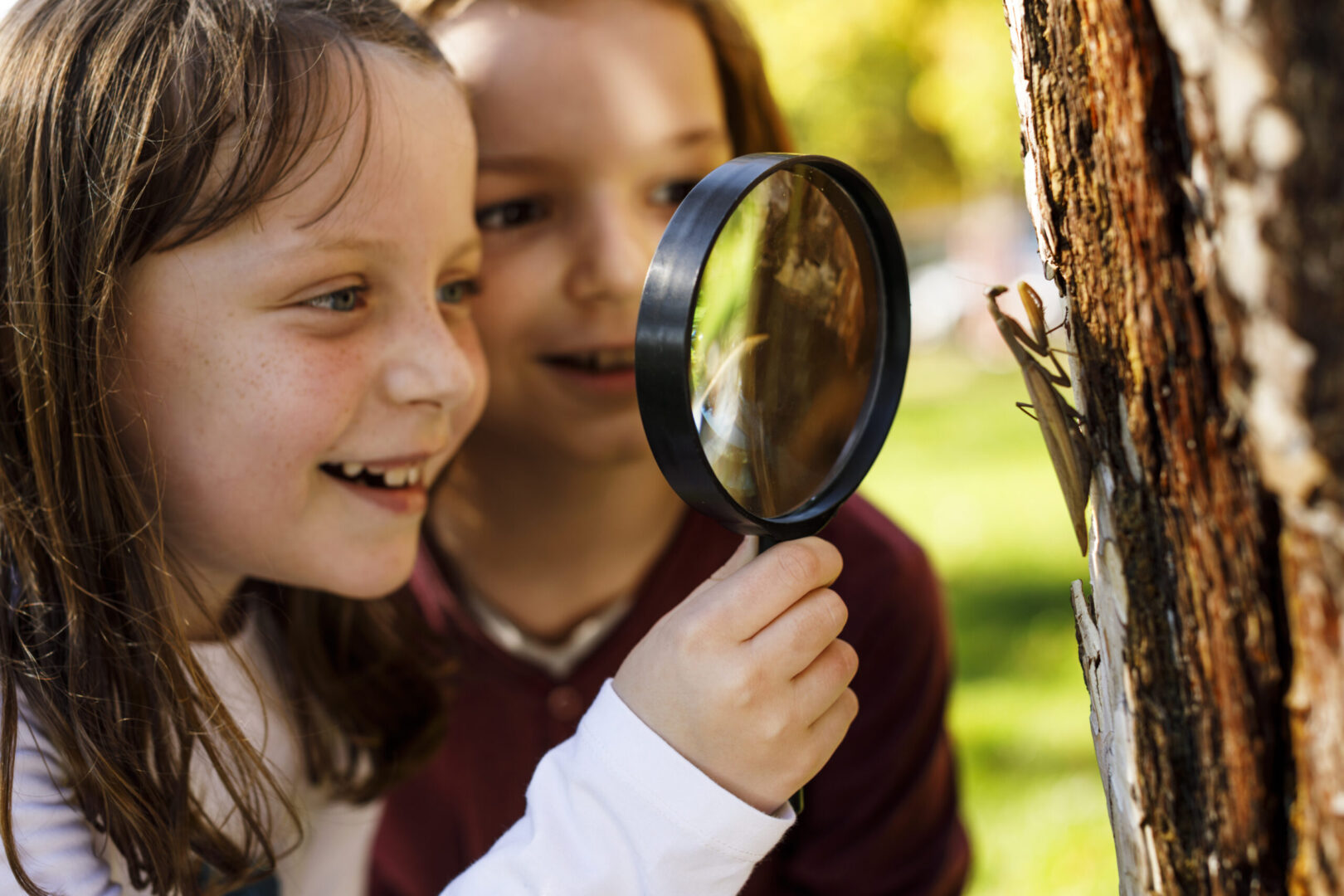
4th-5th Grade Outreach Programs
Embark on a captivating journey into the world of invertebrates with our outreach programs designed for upper elementary students. Led by experts from Butterfly Pavilion, these classes delve into the survival strategies of animals, their ecological roles, and more. The curriculum-aligned content explores science and conservation through interactive activities, live animal encounters and/or specimens. It's an engaging, hands-on approach to make learning about the intricacies of our natural world an unforgettable experience for upper elementary students.
Learn More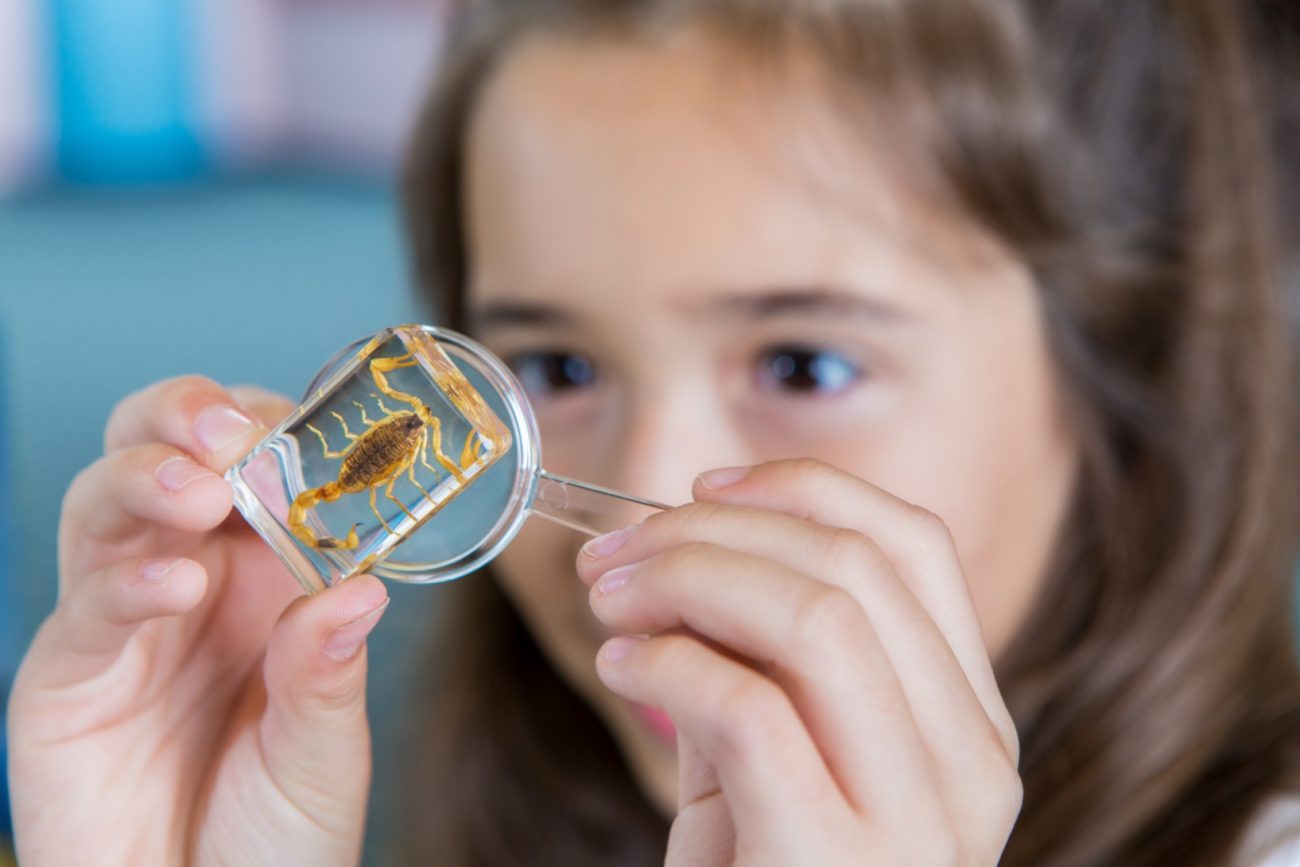
6th-8th Grade Outreach Programs
Immerse your middle schoolers in an enriching outreach program that brings them up close with live animals and/or specimens, guided by Butterfly Pavilion experts. The curriculum-aligned content focuses on science and conservation topics, igniting curiosity and fostering an appreciation for the natural world. From exploring the significance of pollinators to delving into marine ecology, our classes offer a diverse range of subjects, ensuring an engaging and educational experience for your students.
Learn More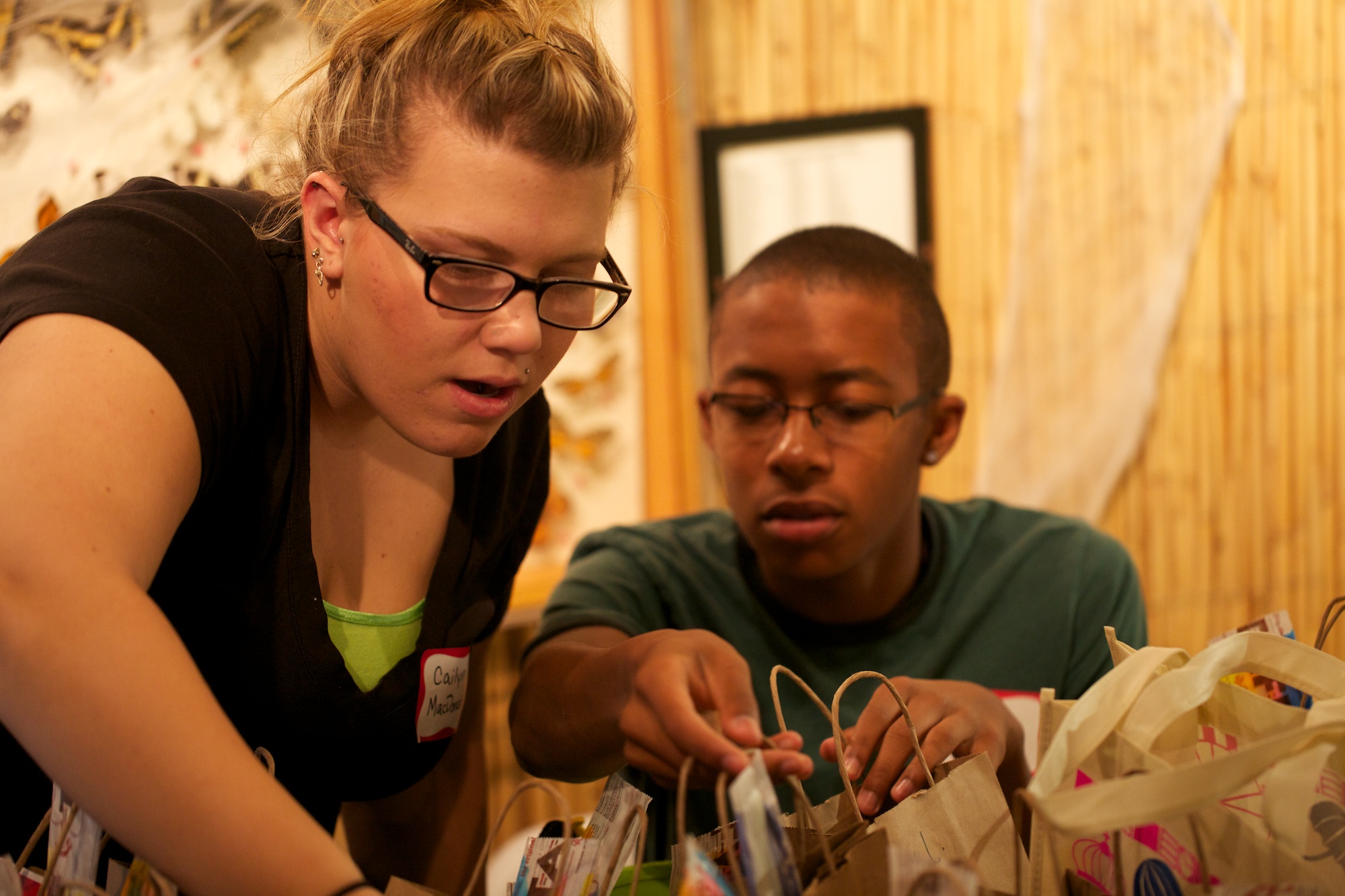
9th-12th Grade Outreach Programs
Elevate high school students' understanding of science and conservation through our specialized outreach programs. These sessions feature interactive encounters with animals or specimens, expert-led classes, and curriculum-aligned content. The in-depth exploration of environmental topics provides a comprehensive learning experience, preparing older students for advanced studies. Plus, our outreach approach makes it convenient to integrate into busy high school schedules, ensuring a seamless and impactful educational experience.
Learn More
Butterfly Pavilion Afterschool Club
Butterfly Pavilion’s award-winning, Afterschool Club provide a world class experience for school aged children to learn about and develop an appreciation for invertebrates. Through the afterschool programs, children of school age will cultivate an understanding of invertebrates, foster compassion and empathy, and gain a sense of empowerment to become caretakers of both invertebrates and the world around them.
Learn More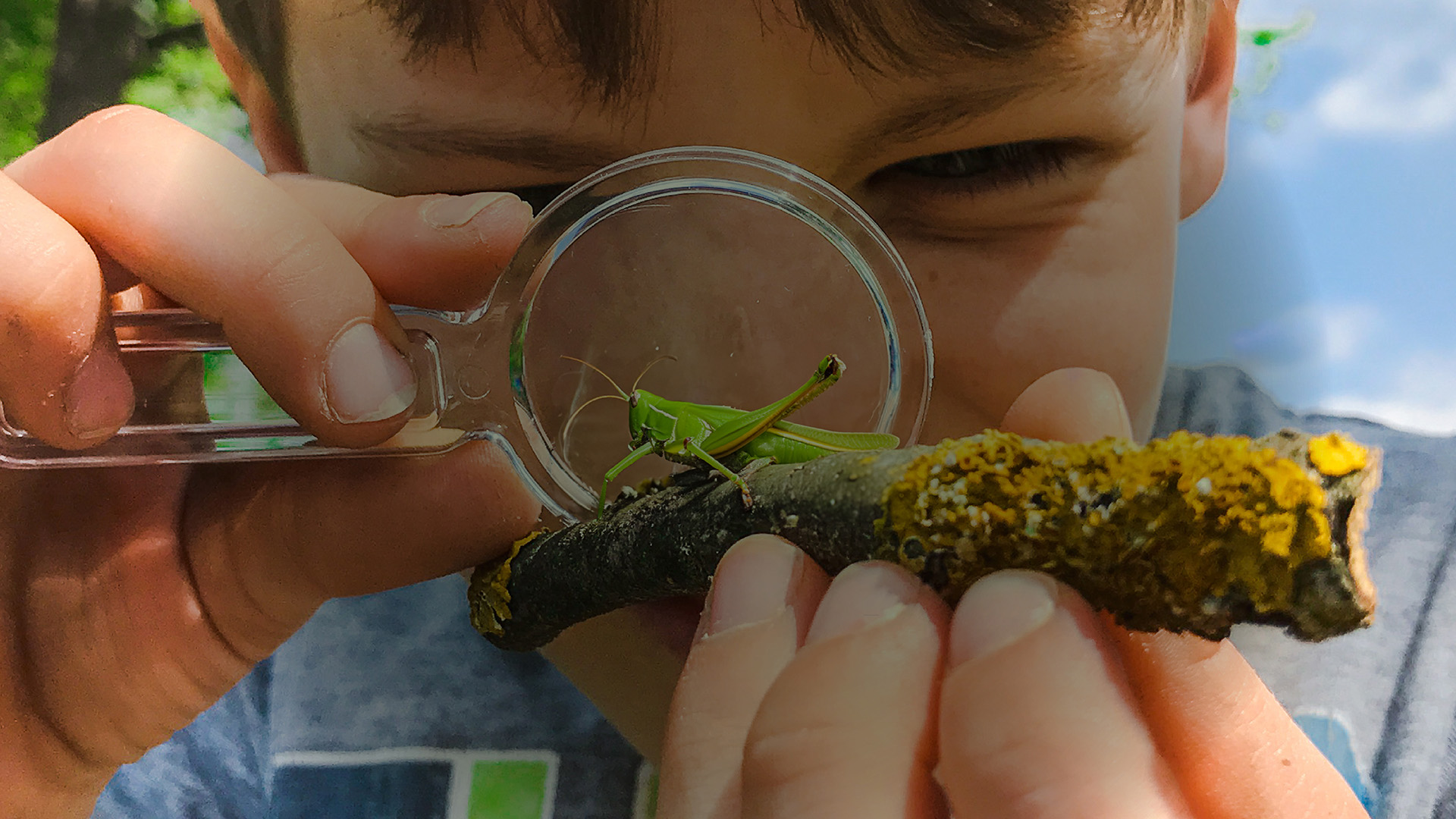
Library Programs
Library programs are crafted for small to large group presentations, offering a blend of education and excitement. These programs feature hands-on explorations with live animals and/or, specimens, models, and media. These interactive sessions aim to create an engaging and memorable learning experience for multigenerational participants.
Learn More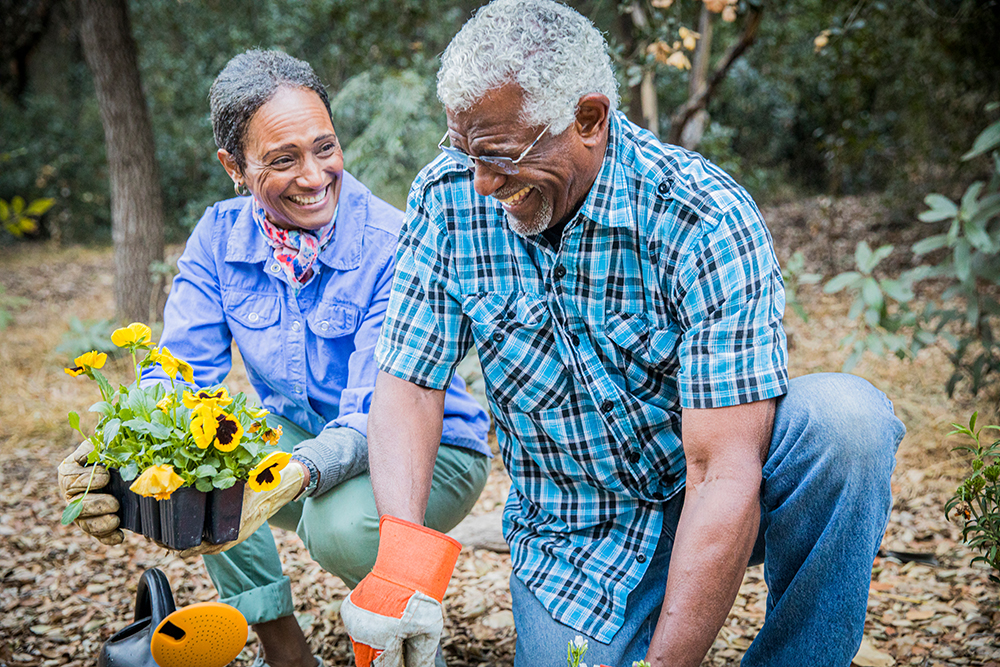
Adult & Senior Outreach Programs
Bring Butterfly Pavilion to your community, business, etc. with our programs designed for adult audiences.
Learn More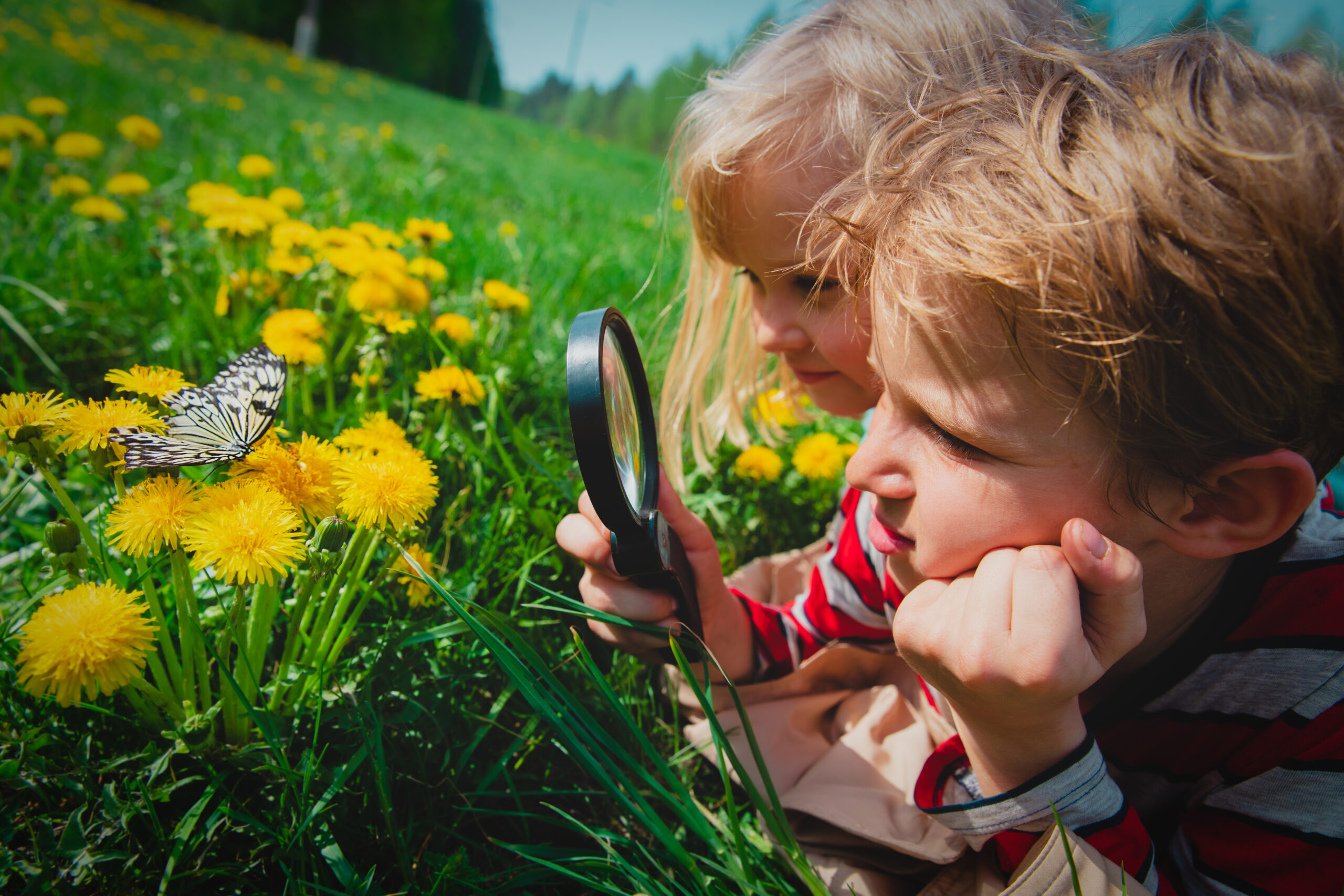
Problem Based Learning
Problem Based Learning (or PBL) is a student-centered pedagogy in which students learn about a subject through the experience of solving an open-ended problem. Butterfly Pavilion educators will work with your students to solve real world problems facing invertebrates and conservation.
Learn More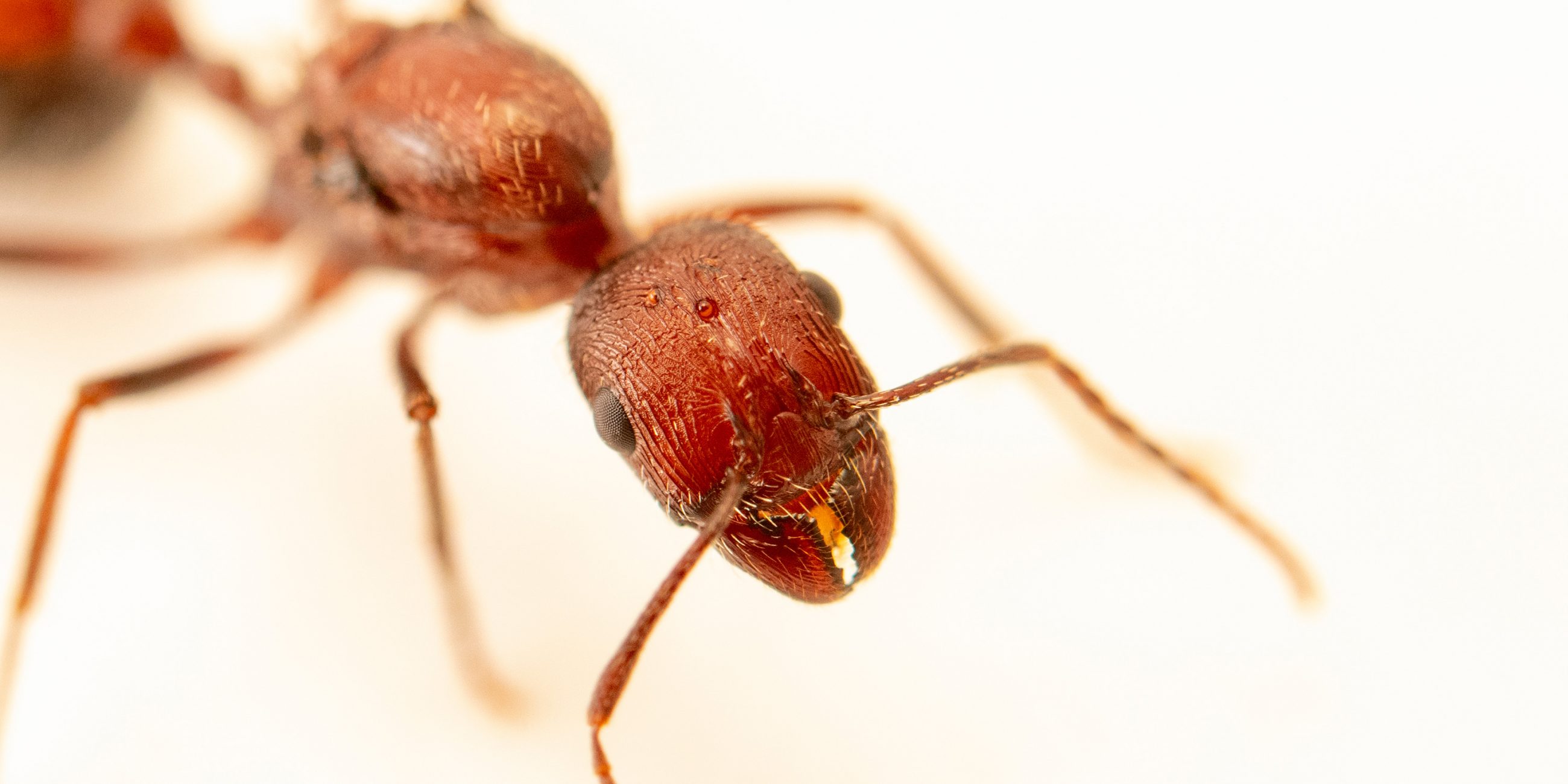
Scholarships
Butterfly Pavilion offers scholarships to Title 1 schools or other groups with students qualifying for the Federal Free and Reduced Lunch (FRL) program as funding allows. Please click below to learn more.
Scholarships

